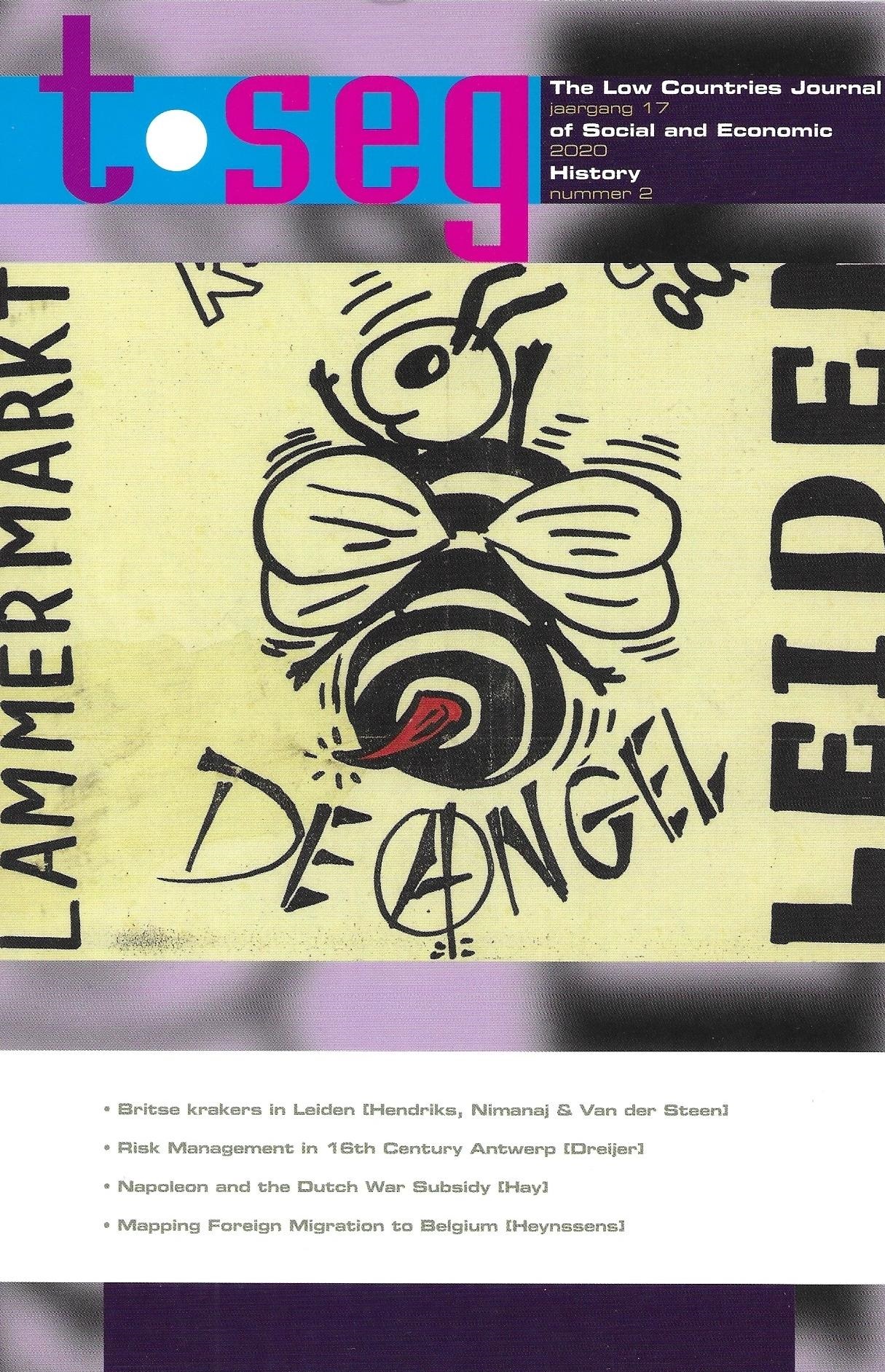Maritime averages and the complexity of risk management in sixteenth-century Antwerp
DOI:
https://doi.org/10.18352/tseg.1101Keywords:
Antwerp, 16th century, insurance, GA, riskAbstract
This article aims to explain the hitherto unexplored role of General Average and other forms of maritime averages in risk management in sixteenth-century Antwerp. Whereas most scholarly attention has focused on insurance, this article makes the case that maritime averages also were an important tool to manage risk. The article highlights four major developments: first, concrete causes were incorporated under the General Average principle to cover uninsurable expenses and protection costs; second, General Average payments could be recovered via insurance; third, individual merchants sought to assess risk more precisely, developing new varieties of maritime averages themselves; and fourth, the protective foreign merchant guilds developed compulsory contributions based on General Average. The article also adds to related discussions on mercantile conflict resolution and commercial law.






